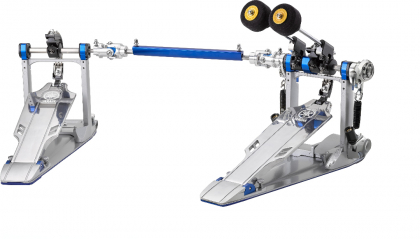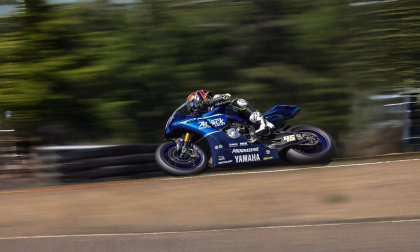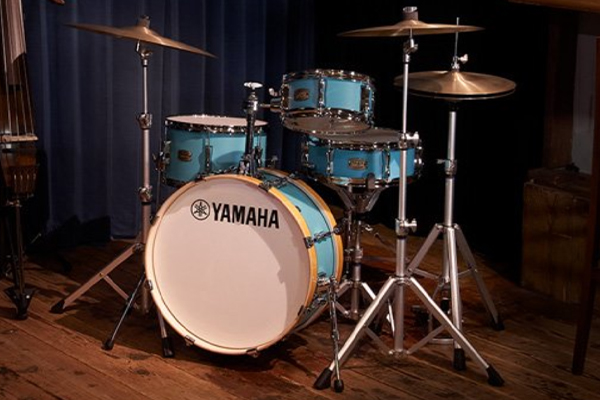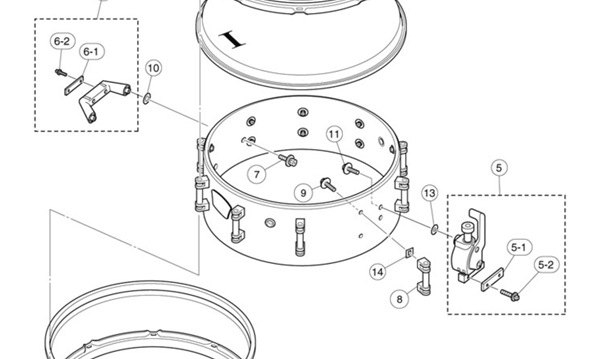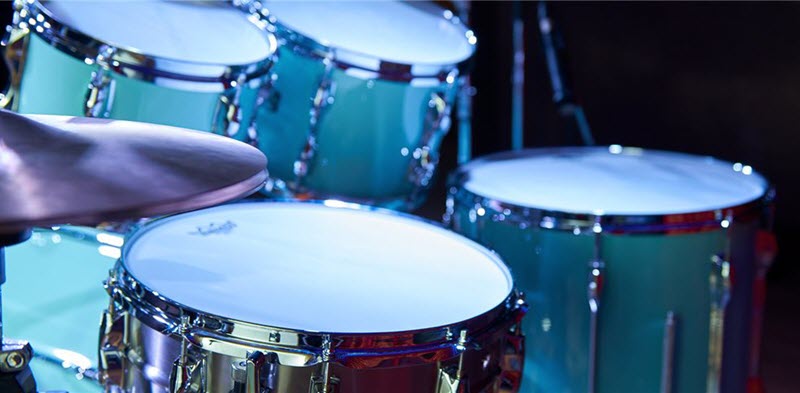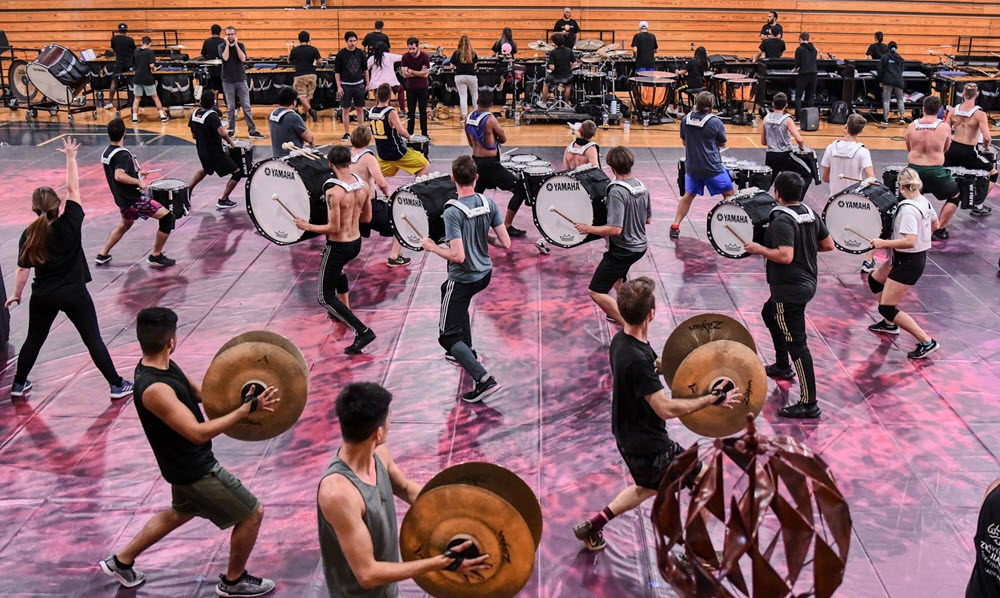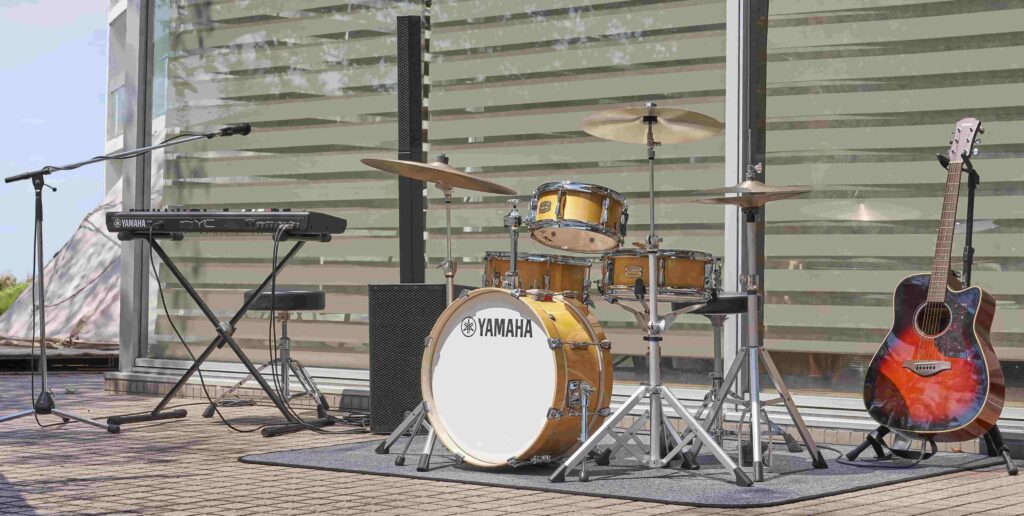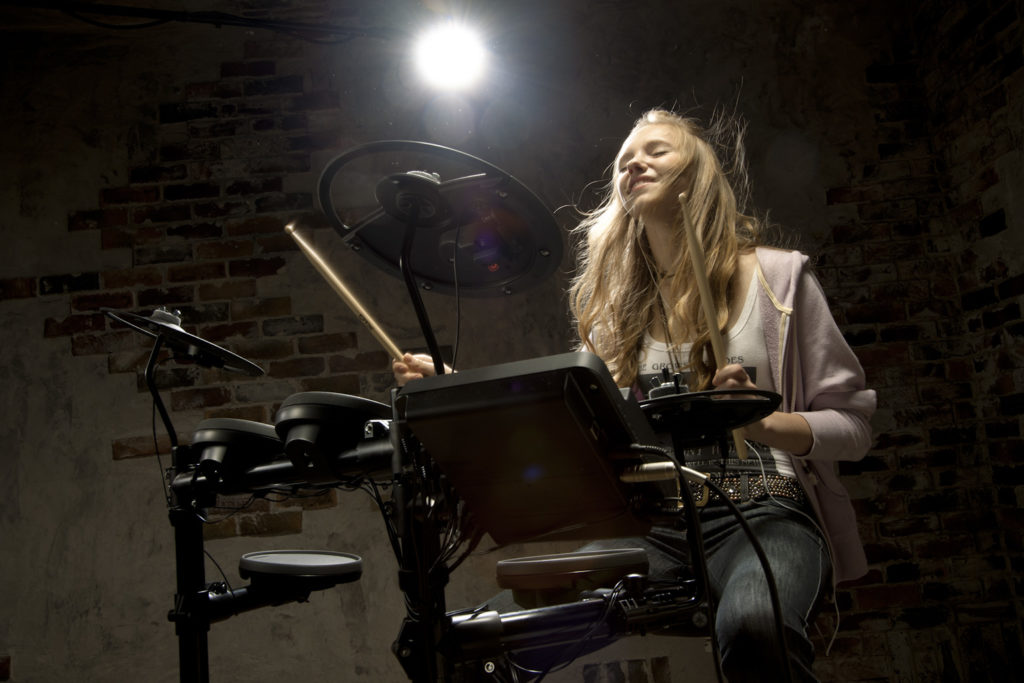Five Questions to Ask When Choosing Drum Hardware
These are the factors that go into making the right selection.
When it comes to choosing the best components for your drum set — from cymbals to the drums themselves — making the right decision can be difficult.
The same is true when it comes to drum hardware. Here are five questions to ask before deciding what to buy:
1. Where are you playing?
The best place to start is to determine what kind of drumming you’ll be doing. For example, if you’ll be mostly doing small gigs (such as in clubs) and carrying your own gear everywhere, you’ll want the lightest hardware you can find, though it should still be braced and rugged. The Yamaha 700 Series is a good option since it offers a streamlined design and outstanding stability. Or you might want to check out the Yamaha HW-3 Crosstown pack, which weighs only 17 pounds and even comes with its own carrying bag, making setup and teardown easy.

If you expect to be playing outdoor shows where there may be gusty winds, you’re going to need heavy-duty double-braced hardware that won’t blow over or move around. That’s also the case if you are mounting heavy cymbals (like 20″ crashes) high up, as you’ll need something with bottom weight that can offset the weight at the top. A good option to consider here is the Yamaha 800 Series, which is suitable for everything from small club gigs to large festivals.
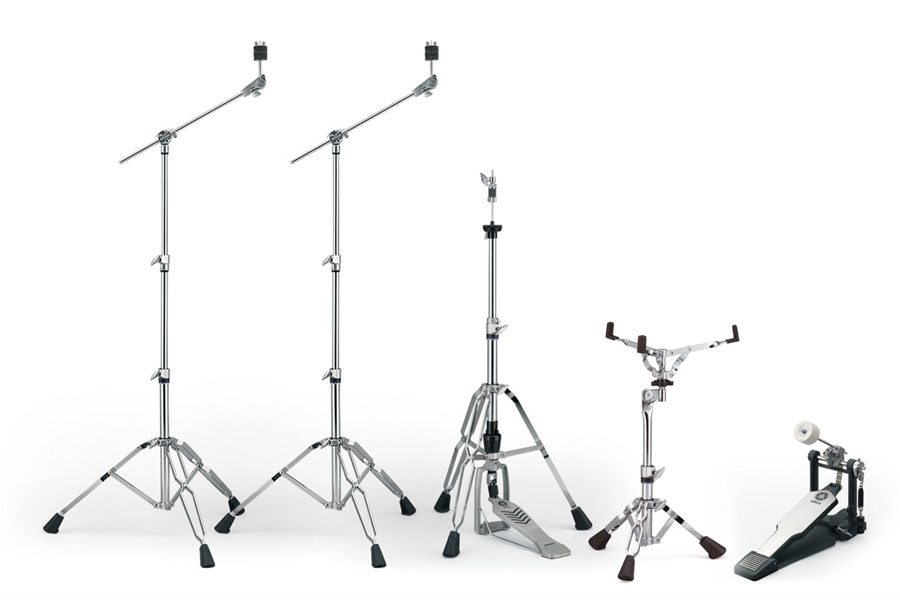
2. Is it versatile?
Having hardware you can mix and match is important — in fact, for gigging drummers, it comes in handy on almost a daily basis. That’s exactly the thinking behind the Yamaha “System Hardware” concept that utilizes standardized pipe with a center tube diameter of 7/8″ (22.2 mm) in both 700 and 800 Series hardware, as well as in the HW-3 Crosstown pack and for tom holders, cymbal booms — even cowbell holders. This enables your kit to grow and evolve as your taste and needs change. For example, you can drop a double tom in the base of any stand and add cymbal holders — or pretty much anything you want — to T-fittings.
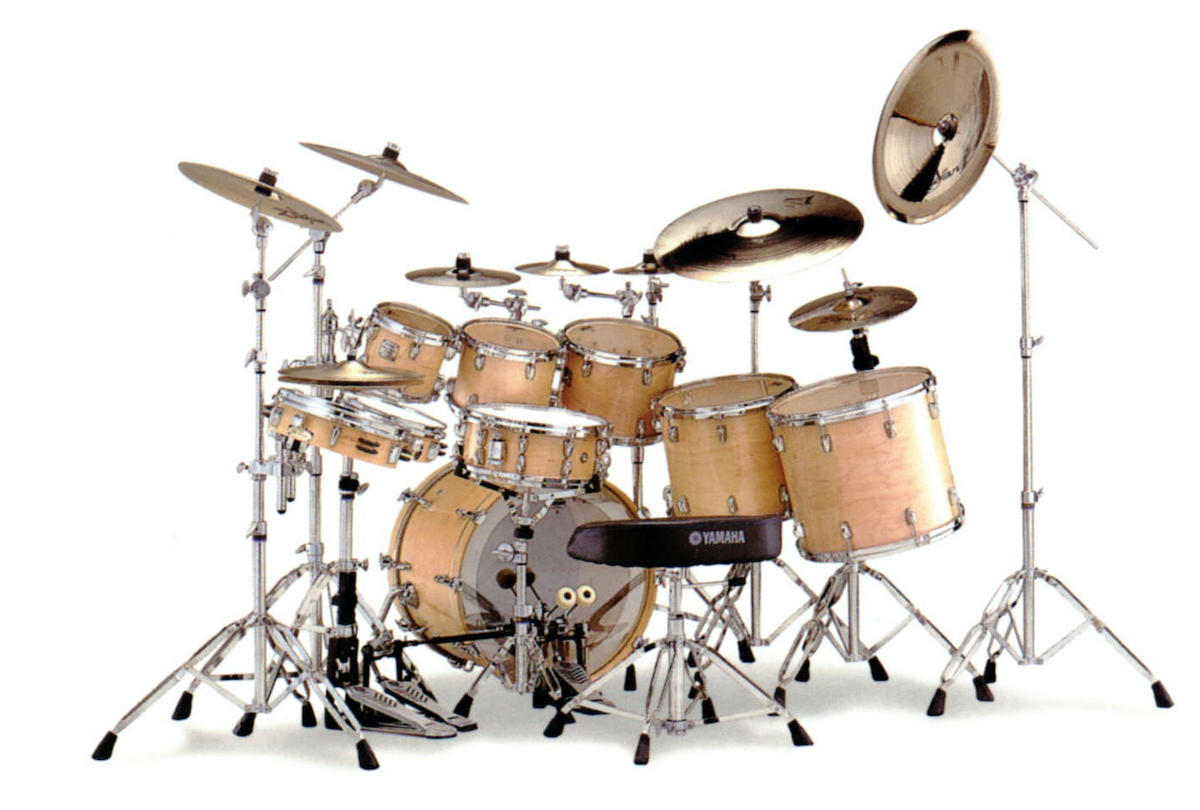
3. Is it durable?
Yes, money is often an issue, but settling for poorly made hardware usually ends up costing you more in the long run. An inexpensive cymbal stand is likely to break down on you sooner rather than later (and probably at the worst possible moment!), and so you’ll find yourself having to purchase a replacement, then another and another. Better to spend a little more and own a piece of hardware that will stand the test of time.
A major reason why Yamaha drum hardware is so durable is the usage of the same zinc castings and chrome plating used to make handlebars and mufflers for Yamaha motorcycles — parts that have to be able to withstand extreme wear and tear. In fact, the blue accents on FP9 Series bass drum pedals and the HHS9D hi-hat stand are a nod to Yamaha motorsports. Yamaha also backs their products with a written five-year warranty to ensure that purchasers get to enjoy their instruments and equipment for years to come.
4. Is it the right fit?
Especially when you first learn to play drums, having good posture is crucial. You want to be as efficient as possible when you play, so it’s important to use hardware you can easily adjust to create your optimal drum setup. This means you want everything to feel natural — you shouldn’t have to over-extend to reach anything in your drum set.
Yamaha hardware makes it easy to get your toms, cymbals, etc. right where you want them to be. The company’s tom mounting hardware is simple to adjust (over a range of 360 degrees) and stays put, so you don’t have to worry about toms slipping out of place while you’re playing. This means you can have different heads on the top and bottom, and even flip your tom around completely to play it with different sounds or at different pitches!
That covers everything your arms can reach, but what about the space around your feet? Yamaha offers four distinct pedal drive options to accommodate various musical styles and player preferences: direct, single chain, double chain, and belt drive.
For working drummers, the combination of an HHS9D hi-hat stand and CWHSAT9 multi-use clamp provides near-limitless flexibility within your setup. By clamping the stand to your kit’s bass drum hoop, its independently adjustable legs may be completely pushed aside – freeing up vital room to perform. This is especially beneficial for larger drum configurations that include a double bass drum pedal, side snare, and/or a pedal clave.

5. Is there attention to detail?
People appreciate attention to detail. Especially musicians!
For example, thick felts (as provided with all Yamaha cymbal and hi-hat stands) are not only great for getting cymbals really tight, but as a bonus, you can cut them thinner if necessary. Want to float your cymbals a little more? Simply slice the felts in half. This may seem like a minor detail, but drummers understand that small things can make all the difference when playing.
Through the years, Yamaha has introduced numerous innovations in drum hardware that provide that same attention to detail. For example, the company’s “hide-away” boom stand design allows you to add a splash or small effects cymbal to your drum set without taking up a bunch of floor space with a full stand. Another Yamaha original is the locking high-hat clutch: Once you get the top and bottom cymbal where you want them, you can lock the assembly into place so it doesn’t move.
The bottom line is that having the proper drum setup — something that starts with choosing the right hardware — will help you play better. So choose wisely!
Click here for more information about Yamaha drum hardware.










